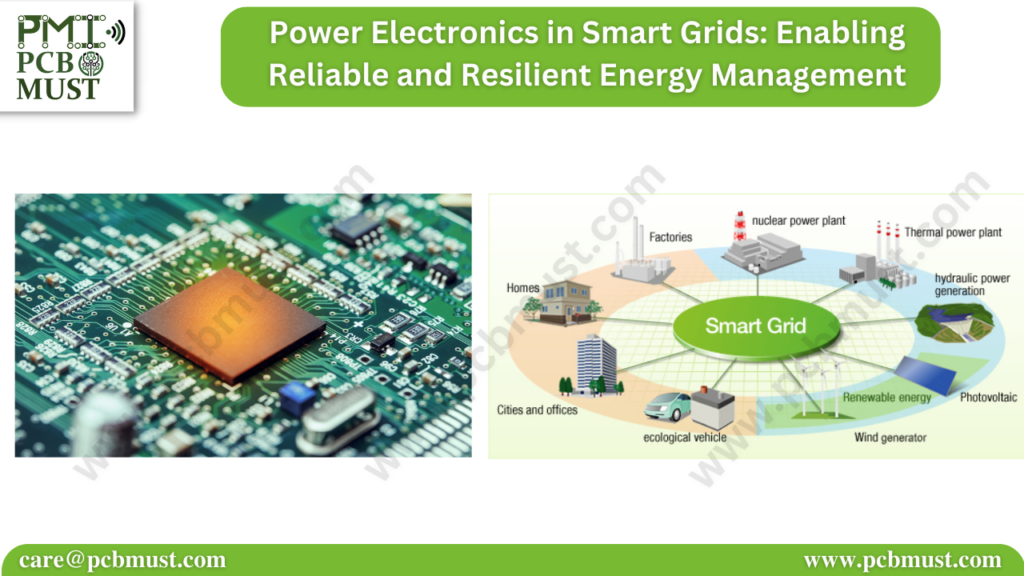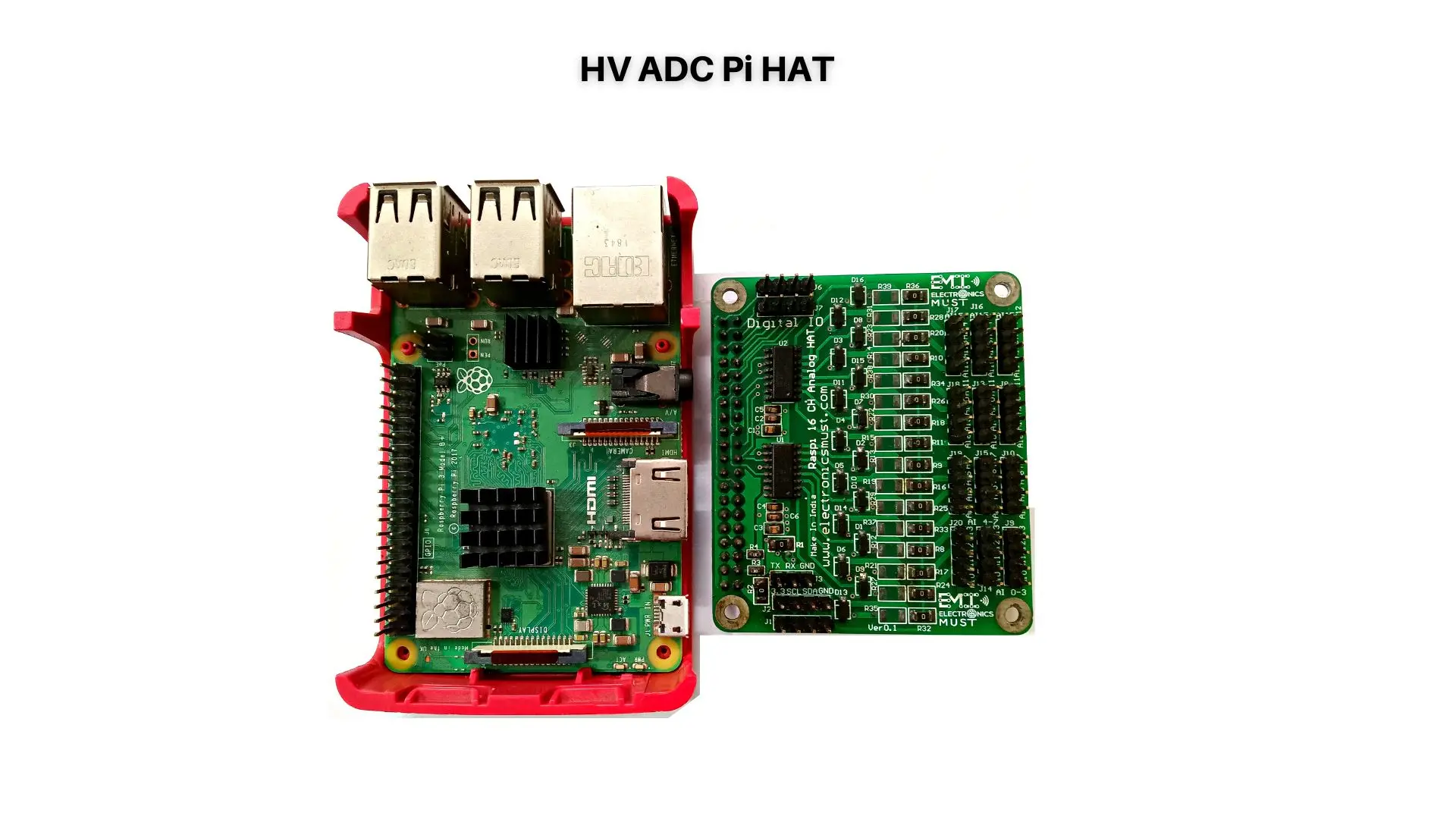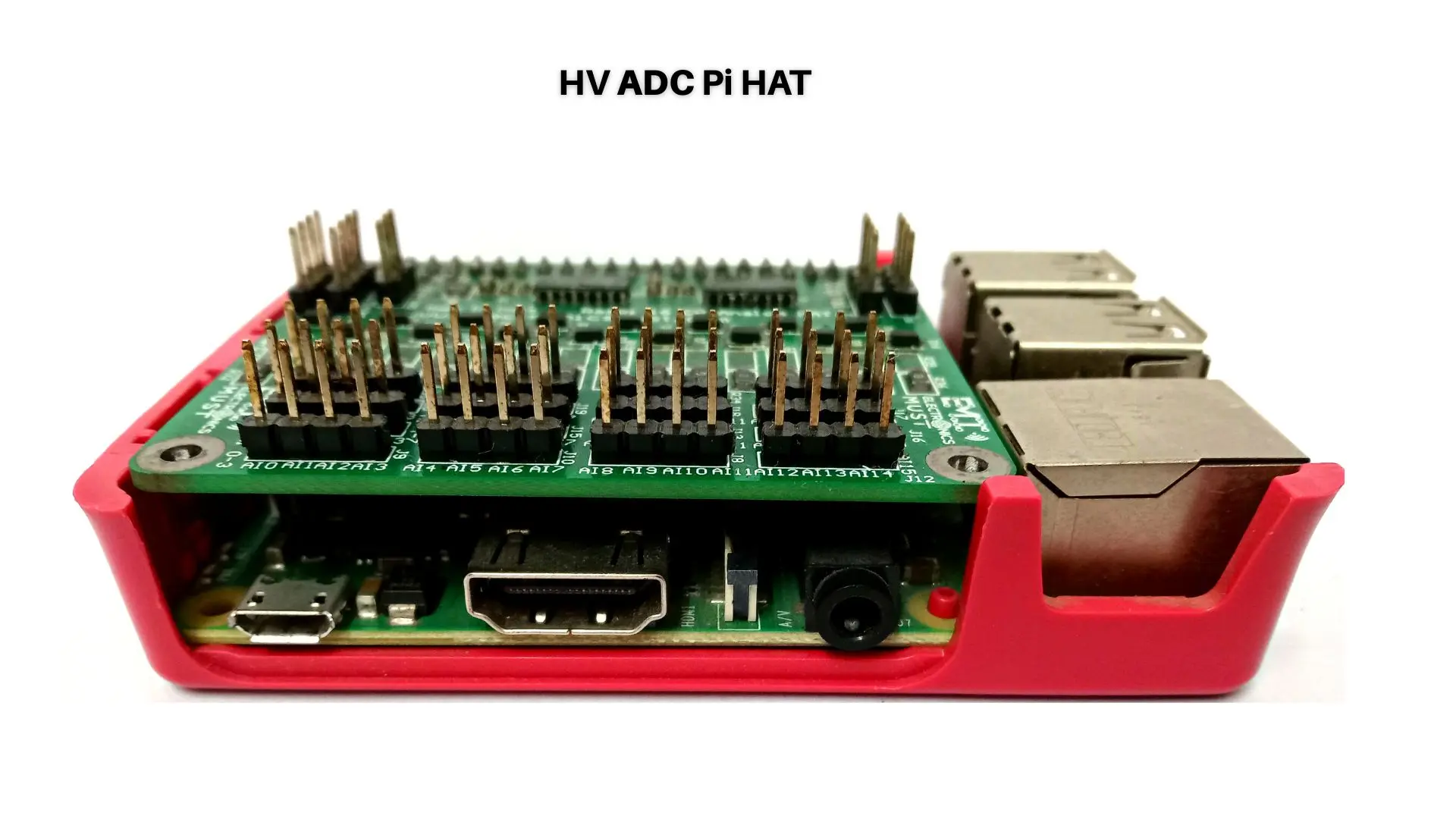Introduction:
Smart grids have emerged as a transformative solution for modernizing power systems, enabling more efficient energy management, and facilitating the integration of renewable energy sources. Power electronics technology plays a vital role in smart grids by providing the necessary tools for grid control, power quality regulation, energy storage, and demand response. In this blog, we will explore the significance of power electronics in smart grids, its benefits, and other factors that contribute to reliable and resilient energy management in the digital age.
Benefits of Power Electronics in Smart Grids:
1. Grid Stability and Control: Power electronics devices, such as flexible AC transmission systems (FACTS) and high-voltage direct current (HVDC) systems, enhance grid stability and control in smart grids. FACTS devices, such as static VAR compensators (SVCs) and static synchronous compensators (STATCOMs), provide real-time reactive power compensation, voltage regulation, and power flow control. HVDC systems enable efficient long-distance power transmission, grid interconnections, and integration of renewable energy sources. Power electronics-based control systems enhance grid stability, improve power quality, and facilitate optimal power flow management.
2. Power Quality Regulation: Power electronics technology plays a crucial role in regulating power quality parameters in smart grids. Devices such as active power filters and voltage regulators mitigate issues such as harmonics, voltage sags, and voltage swells. Power electronics-based filters analyze the harmonic content of the grid and inject counteracting currents to eliminate harmonic distortions. Voltage regulators ensure voltage stability and control by adjusting the voltage levels based on grid conditions. Power quality regulation enhances the efficiency of power delivery, reduces equipment failures, and ensures the reliability of sensitive loads.
3. Energy Storage Integration: Power electronics enables the integration of energy storage systems into smart grids, addressing challenges related to intermittent renewable energy sources and demand fluctuations. Energy storage systems, such as batteries and pumped hydro storage, store excess energy during periods of low demand and discharge it during peak demand periods. Power electronics control the charging and discharging processes, efficiently managing the power flow between the grid and the storage system. Energy storage integration facilitates grid balancing, reduces peak demand, and enhances the stability and resilience of the power system.
4. Demand Response and Load Management: Power electronics technology enables demand response programs and load management in smart grids. Demand response allows utilities to adjust energy consumption based on supply-demand dynamics, grid conditions, and pricing signals. Power electronics devices, such as smart meters and home energy management systems, facilitate real-time communication between consumers and the grid, enabling load shedding, load shifting, and optimization of energy usage. Demand response and load management reduce peak demand, improve grid reliability, and support the integration of renewable energy sources by matching supply and demand efficiently.
5. Fault Detection and Self-Healing: Power electronics systems in smart grids incorporate fault detection and self-healing mechanisms to ensure uninterrupted power supply and rapid restoration in the event of grid disturbances. Power electronics devices monitor grid conditions, detect faults, and isolate faulty sections, preventing cascading failures and minimizing downtime. Self-healing features allow the grid to automatically reroute power and restore service to affected areas. Power electronics-based fault detection and self-healing improve grid resilience, reduce outage durations, and enhance the overall reliability of the power system.
Other Factors in Power Electronics for Smart Grids:
1. Power Semiconductor Devices: Power electronics heavily relies on power semiconductor devices, such as insulated-gate bipolar transistors (IGBTs) and silicon carbide (SiC) devices, for efficient power conversion and control. These devices offer fast switching speeds, low losses, and high-temperature operation capabilities. The adoption of advanced power semiconductor materials enhances power electronics efficiency, reduces system losses, and enables higher power handling capabilities. Power semiconductor devices are key enablers of high-performance power electronics systems in smart grids.
2. Communication and Networking: Power electronics systems in smart grids require effective communication and networking capabilities for seamless integration and control. Communication protocols, such as IEC 61850 or DNP3, facilitate data exchange, real-time monitoring, and control between different devices and systems. Power electronics devices interface with supervisory control and data acquisition (SCADA) systems, energy management systems (EMS), and distribution management systems (DMS), enabling coordinated grid control, data analytics, and situational awareness. Communication and networking capabilities enhance grid management, fault diagnosis, and enable efficient operation of the smart grid.
3. Cybersecurity: Power electronics systems in smart grids must incorporate robust cybersecurity measures to protect against potential cyber threats and ensure the integrity and reliability of the power system. As smart grids rely on interconnected devices and communication networks, securing power electronics systems becomes crucial. Measures such as encryption, access control, intrusion detection, and anomaly detection systems are implemented to safeguard against cyberattacks. Robust cybersecurity measures protect critical infrastructure, prevent unauthorized access, and maintain the trust and reliability of the smart grid.
4. Scalability and Flexibility: Power electronics systems in smart grids are designed with scalability and flexibility in mind. The ability to expand or modify power electronics systems as per changing grid requirements ensures long-term adaptability and optimal system performance. Modular designs allow for easy addition or replacement of power electronics components, reducing downtime during maintenance or upgrades. Scalability and flexibility in power electronics systems facilitate seamless integration with evolving smart grid technologies and enable efficient grid expansion or modification.
5. Data Analytics and Predictive Maintenance: Power electronics systems generate a vast amount of data that can be leveraged for data analytics and predictive maintenance. Advanced data analytics techniques, such as machine learning and artificial intelligence, can analyze power electronics system data to identify performance patterns, predict failures, and optimize system operation. Predictive maintenance based on data analytics allows for proactive maintenance scheduling, reducing unplanned downtime, and optimizing the lifespan of power electronics components.
Conclusion:
Power electronics technology is essential for the reliable and resilient management of energy in smart grids. The benefits of power electronics in smart grids include grid stability and control, power quality regulation, energy storage integration, demand response, and fault detection with self-healing capabilities. Power semiconductor devices, communication and networking capabilities, cybersecurity measures, scalability, and flexibility are crucial factors that contribute to the effective implementation of power electronics in smart grids. Power electronics continues to play a pivotal role in the evolution of modern power systems, enabling efficient energy management, integration of renewable sources, and the development of more sustainable and resilient smart grids.






